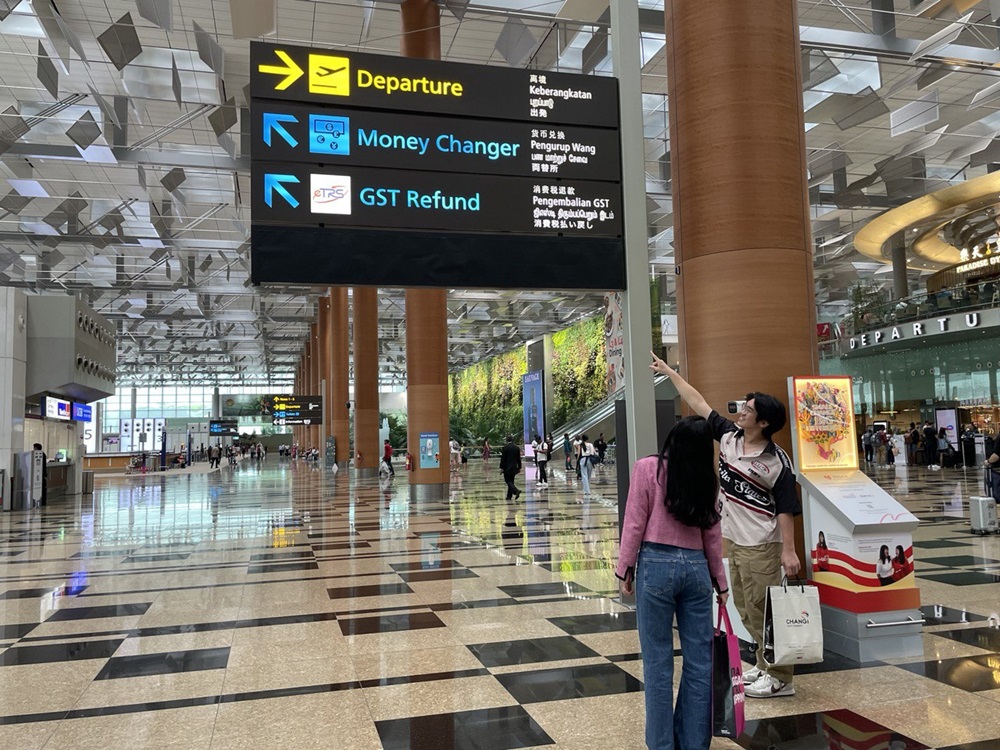


Air travel can be a stressful experience for those who don’t fly often, especially if they are not familiar with the destination city or speak the local language. After landing at the airport, where should they head towards to catch a train or hail a taxi to their hotel? What if they were looking to exchange foreign currency, or even just grab a bite to eat?
Such uncertainty can lead to stressful situations for travellers, who may not be able to find their bearings easily in such a fast-paced and bustling environment. To this end, Changi Airport Group (CAG)’s signage and wayfinding team helps passengers along their way by putting emphasis on the design and placement of signage in the terminals. Careful thought has to be put into the design and locations of airport signage in order to communicate essential information to passengers. “While it may be easy to simply list as many details as possible on signage, the key to creating an effective signage system lies in knowing how a passenger thinks and prioritising their needs, such that important information gets displayed more prominently,” shared Charlene Yeo, Senior Manager, Airport Operations Planning at CAG, who leads the wayfinding team.
By following this thought process, CAG’s wayfinding team determines primary and secondary level signs – primary signs indicate key operational destinations and essential services, while secondary signs point to airport amenities and other supporting functions.
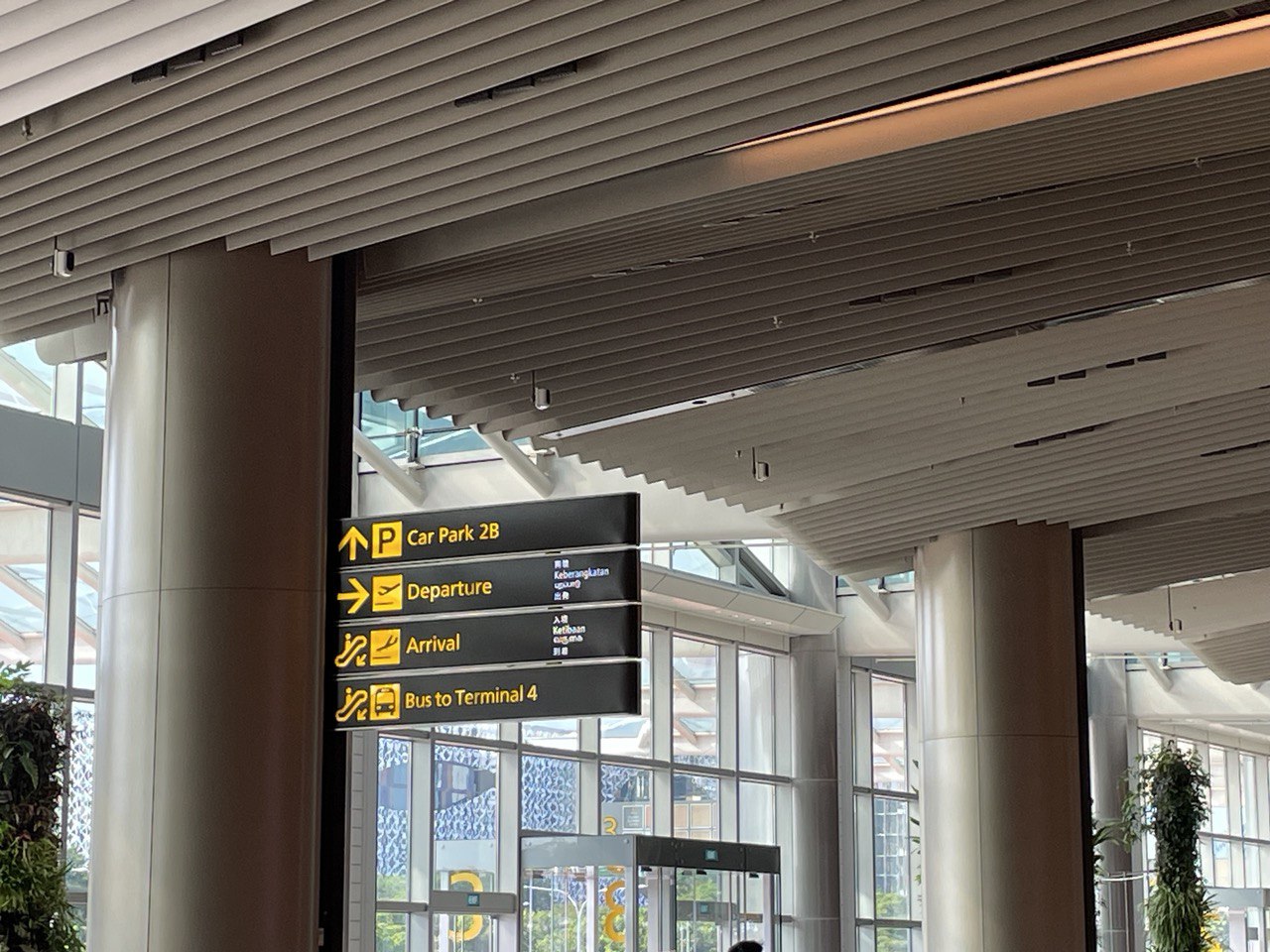


Primary signs pointing to key touchpoints in Changi are shown in yellow for optimal visibility
This distinction also finds its way into the choice of colours used in signage. In a similar manner to the iconic design used by Amsterdam’s Schiphol Airport, a system comprising two main colours was adopted to provide optimum visibility and an ease of understanding for passengers. Primary signs are found in bright yellow, given its visibility against dark backgrounds and clear contrast with black text. On the other hand, secondary signs come in blue – a comparably neutral colour that boosts the visual priority of yellow signs.
Building on this, the next step in simplifying wayfinding follows an old adage, which states that “a picture is worth a thousand words”. Besides the text that comes on signage, pictograms are used to present information in a direct and concise manner. With most of their designs being adopted from international conventions, these symbols allow passengers who are not fluent in any of the signage’s displayed languages to intuitively comprehend the intended information, while simultaneously minimising the degree of visual clutter present.
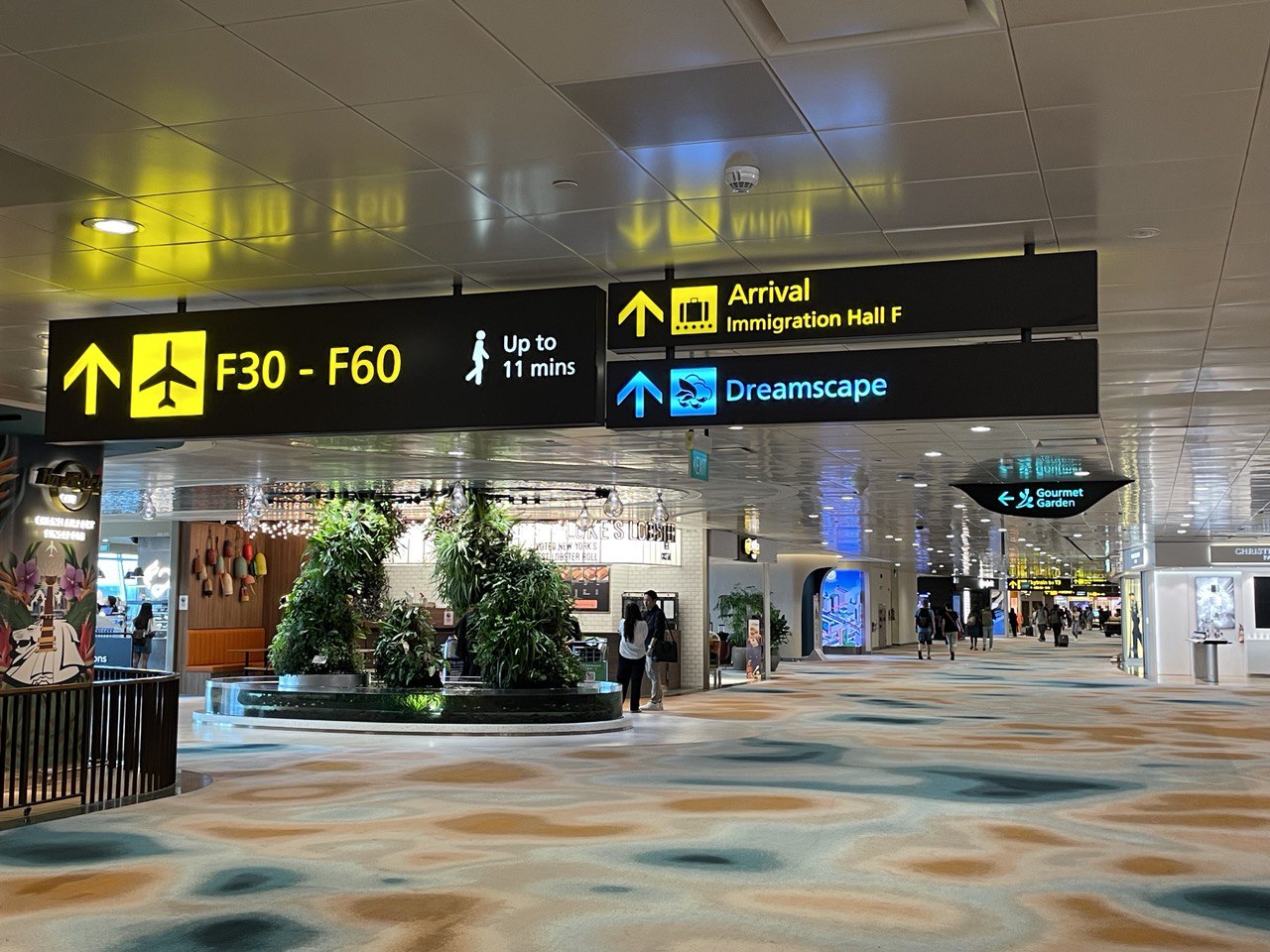


Pictograms for common airport facilities (in yellow) are adopted from international design conventions, while attractions unique to Changi Airport display customised ones
To top it all off, in addition to Singapore’s official language of English, some signs located around the airport also come with translations appended on them. These translations, which come in four languages (Simplified Chinese, Bahasa Melayu, Tamil, and Japanese), are included in a smaller, white font at the end of selected signs. Together, they provide additional clarity across signs that use non-standardised pictograms in use, or in pointing out the way to services unique to Changi Airport.
Good quality signage plays an important role in complementing the intuitive wayfinding design of Changi’s terminals. Thus, while a seemingly peripheral item, the science behind the signage we see around Changi highlights the strategic planning, innovative design, and customer-centric thought process that go towards creating the whole Changi Experience. Like all other aspects, this too is continuously being refined over time to meet the ever-changing needs of passengers. Moving forward, as digital maps take on an increasingly important role in helping passengers with wayfinding, signage may be updated accordingly to be integrated with this tool on mobile apps.
Other Articles
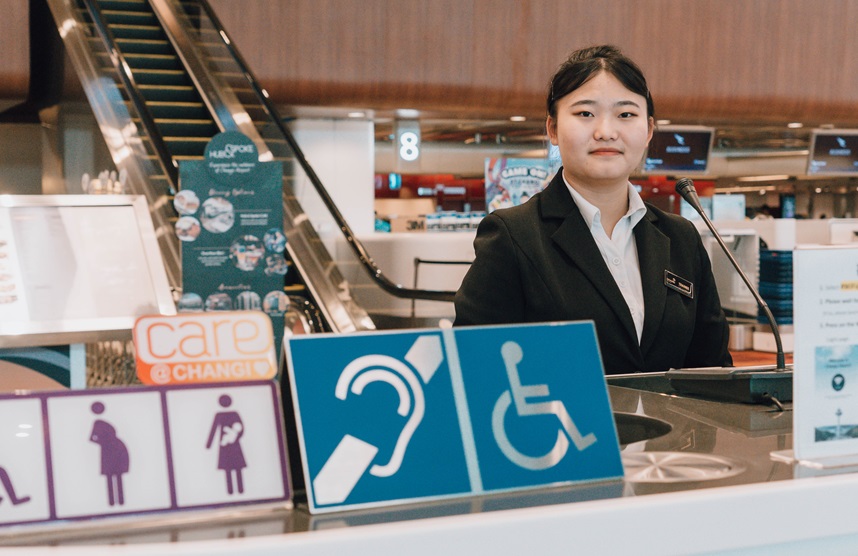
Creating an inclusive travel experience
With a diverse range of passengers passing through the airport’s doors each day, Changi has dedicated its attention to inclusivity, striving to ensure a comfortable travel experience for everyone.

Eggs-traordinary sustainability - CAG upcycles Easter décor
Sustainability is a huge consideration for CAG’s horticulture team when planning festive displays. This Easter, learn how the team upcycles the décor by diversifying colour palettes and incorporating new elements.
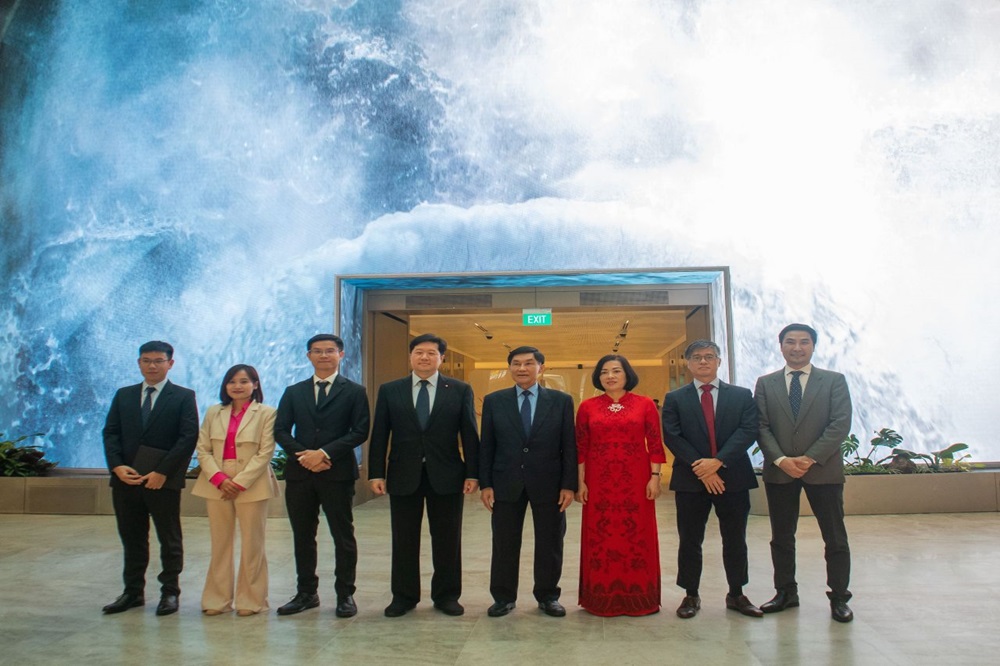
On LinkedIn@ChangiAirport
Having inked several partnerships on the sidelines of Changi Aviation Summit and Singapore Airshow 2024, CAI will be lending its expertise to help strengthen the competitiveness of airports in Vietnam and Angola.


